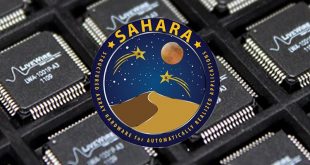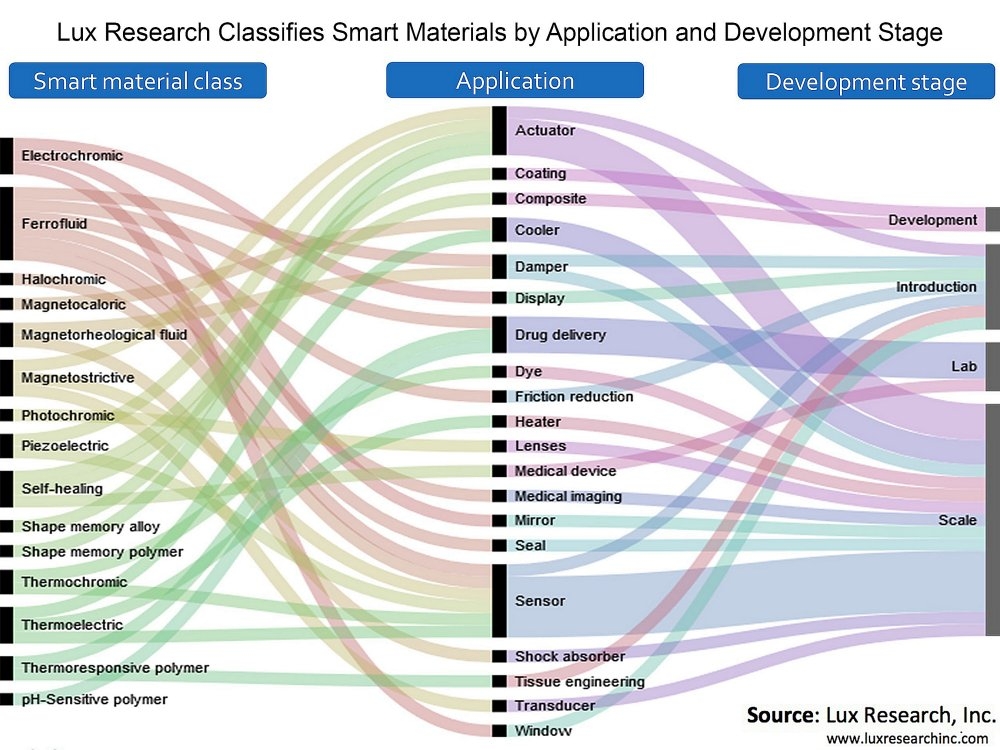Additive manufacturing (AM), broadly known as 3D printing, is transforming how products are designed, produced, and serviced. AM enables on-demand production without dedicated equipment or tooling, unlocks digital design tools, and offers breakthrough performance and unparalleled flexibility across industries. Metal 3D printing is considered the apex of all 3D …
Read More »DARPA’s SAHARA to automate Structured ASICs production and enhance their security for defense electronic systems
Time to market demand has forced integrated circuit design, manufacturing and testing to be done at different places across globe. This approach has led to numerous security concerns like overbuilding of chips from foundries, IP protection, counterfeiting and hardware Trojans. Hardware Trojans (HT), which are malicious circuit inclusions into the …
Read More »DARPA Toolbox Initiative to Accelerate Technology Innovation by providing performers easy, low-cost, scalable access to state-of-the-art tools and intellectual property (IP)
As the world continues to change and advance at a rapid pace, the need for continuous innovation has never been greater. DARPA’s open innovation model leverages the expertise and novel ideation found in large and small businesses, government organizations, and academic institutions. However, resource constraints across these organizations can limit …
Read More »DARPA NOW developing manufacturing platform that synthesizes any nucleic-acid based medical countermeasures for pandemic military stabilization operations
“Between 2011 and 2018, WHO tracked 1483 epidemic events in 172 countries. Epidemic-prone diseases such as influenza, severe acute respirator syndrome (SARS), Middle East respiratory syndrome (MERS), Ebola, Zika, plague, yellow fever and others are harbingers of a new era of high-impact, potentially fast-spreading outbreaks that are more frequently detected …
Read More »New thermal Management technologies for Mission-Critical Military Ground, Sea, Air and Space systems
The performance of electronics degrades as temperature increases from the ambient temperature. The temperature of a device increases when the device is on since no system operates at 100% efficiency. Output power is not equal to the power fed to the device, and the difference between this is power loss. …
Read More »Militaries developing Smart and Multifunctional materials and structures for morphing, self repair and cloaking
Smart materials or Active materials or Functional materials are designed materials that have diverse, dynamic features that enable them to adapt to the environment. They have one or more properties that can be significantly changed in a controlled fashion by external stimuli, the stimulus and response may be mechanical, electrical, …
Read More »Ceramics materials for Military Body and Vehicle Armor and Aerospace applications
A ceramic is any of the various hard, brittle, heat-resistant and corrosion-resistant materials made by shaping and then firing a nonmetallic mineral, such as clay, at a high temperature. Common examples are earthenware, porcelain, and brick. With such a large range of possible options for the composition/structure of a …
Read More »DARPA Ditto developing artificial intelligence (AI) and machine learning based surrogate models to speed design of military systems
DoD is exploring opportunities to incorporate autonomy, AI, and human-machine teaming into its weapons and operations. Whether as data-mining tools for intelligence analysts, decision aids for planners, or enablers for autonomous vehicle operations, these systems have the potential to provide more accuracy, speed, and agility than traditional tools. Yet operational …
Read More »Biocomposites leading material transformations in Automobile, Aeronautics, Space and Military applications
With the growing global concerns over climate change, scientists are looking for cleaner energy sources and other ways to minimize the carbon footprint in the world. A carbon footprint is the total amount of greenhouse gas emissions that come from the production, use and end-of-life of a product or service. …
Read More »Race for faster, high performance System on Chip (SoC) for 5G, mobile computing, Smartphones, and IoT
A system on a chip or system on chip (SoC) is an integrated circuit (also known as a “chip”) that integrates all components of a computer or other electronic system on a single circuit die. Similar to how a microcontroller integrates a microprocessor with peripheral circuits and memory, an SoC …
Read More » International Defense Security & Technology Your trusted Source for News, Research and Analysis
International Defense Security & Technology Your trusted Source for News, Research and Analysis









